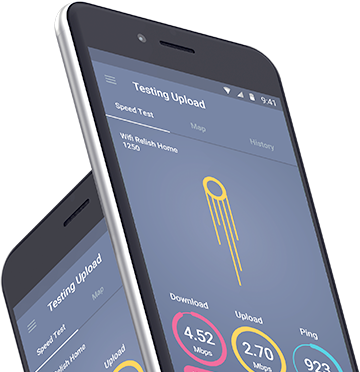For our regional look at Brazil, we examined our core metrics in 13 of Brazil's largest cities. We found that the operators who dominated our national awards were the same as those that dominated in our regional speed and availability rankings. TIM won our 4G Availability prize in the vast majority of cities, while Claro kept its Download and Upload Speed Experience crown in most metro areas (Vivo presented a considerable challenge is some cities though). In our Video Experience and Latency Experience categories, however, it was a much more even fight.
In Video Experience, Claro and TIM traded wins in half the markets we examined, while in the other half we recorded two-and three-way draws. In Latency Experience we saw the biggest surprise of the report. In our analysis, Oi asserted itself in overall latency in several cities, in many cases winning by very large margins.
When we drilled down into our speed and availability metrics, we spotted some interesting trends. In many cities we saw 4G Availability scores well over 80%, reflecting a heavy focus on urban infrastructure as well as the benefits of recent 700 MHz deployments. In Belo Horizonte and Manaus, TIM was within a percentage point of crossing the 90% threshold. Meanwhile, we recorded some exceptional Download Speed Experience numbers on Claro's networks in Belo Horizonte, Curitiba and Salvador. In each city, Claro averaged download speeds of more than 31 Mbps — 12 Mbps faster than its national average. Operators tend to focus their capacity upgrades and network enhancements in urban areas first and then expand them across the country. So the boosted speeds and availability we see in Brazil's big cities may well be an indication of what's in store for Brazil as a whole.
Select any region or city below to display individual breakdown



